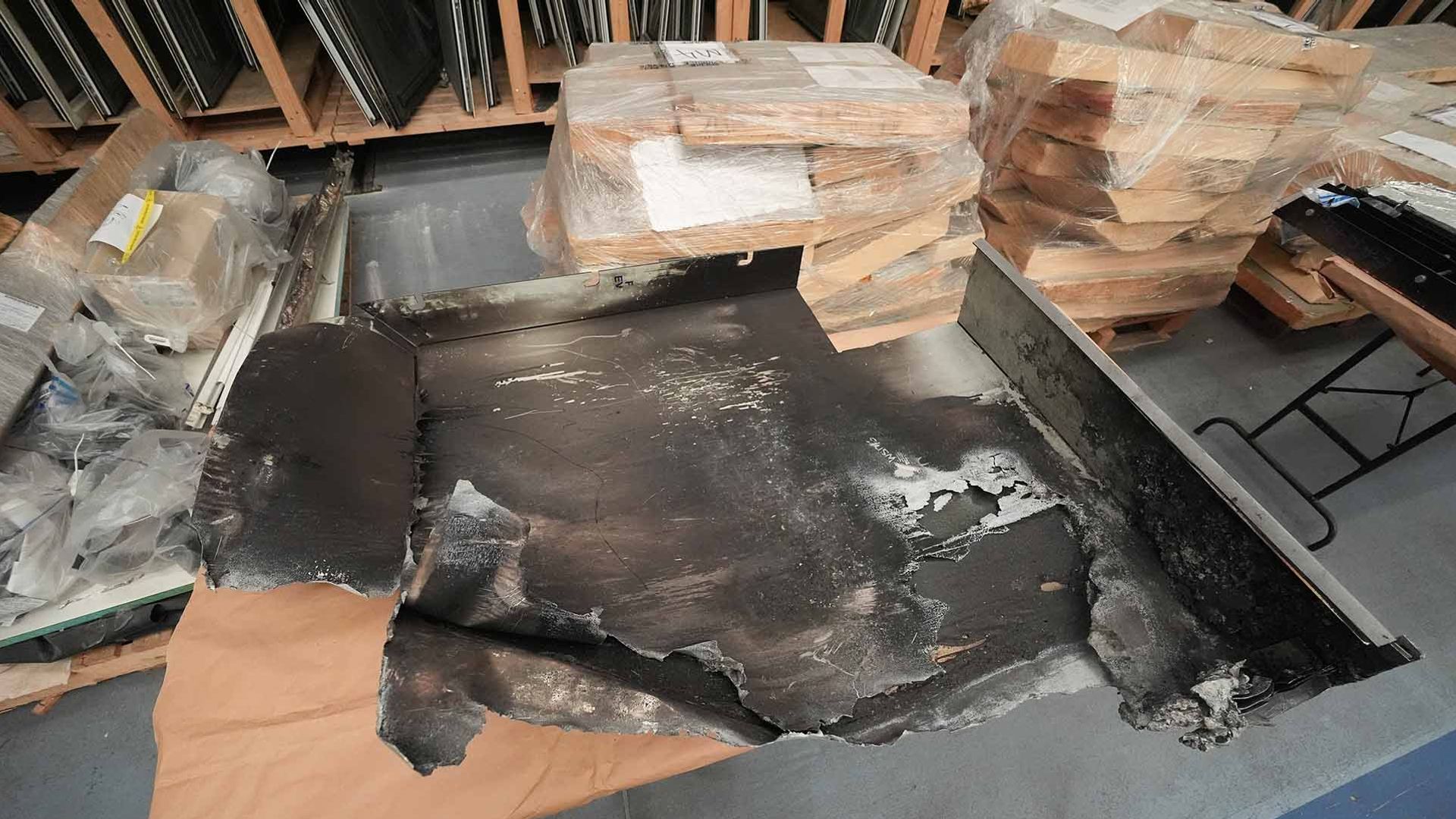
By Bill Graves, Pine Tree Woods & Waters
While a lack of snow cover is a detriment to skiing, snowshoeing and snowmobiling, at least some days and most nights offer frigid ice-forming temperatures, especially up north, so slowly but surely local lakes and ponds are freezing to support ice fishing.
The big question is, do you know where all your gear is and is it all in working order?
For decades I’ve used a full-sized wicker packbasket to store and carry my ice fishing traps, handlines, jigging rods, ice scoops, hooks, sinkers, depth sounders, extra line and pretty much everything except the gas-powered ice auger.
Usually in mid-December, I unburden the tote basket and spread everything out on my den floor for inspection and upgrading.
I enjoy handlining for smelt and perch and find 6- or 8-pound monofilament works best.
To prevent tangling, I use homemade wooden carriers. It took me little time to cut 8-inch lengths of ¼” X 2” lathes, saw V-notches into each end, spray paint them green and drill a small hole through the center point to attach the line’s terminal end.
I wind 50-, 75- and 100-foot lengths of monofilament lengthwise around the notches and use a permanent marker to note the length on the wooden edge of each line holder. Attach a red or gold — my favorite is red — size 8 or 10 hook and place the point into the wood to keep each outfit tight and untangled during transit.

Also, when cold fingers fumble and the entire rig drops into the fishing hole, it floats, and no gear is lost.
It’s important to check each handline for knots or worn spots. Occasionally a larger game fish may strike the cut bait or jig on a handline and a weak spot in the monofilament can end the fight in a hurry. A new hook, or at least applying a file to the old one, also assures better results.
A small, round clamp-on weight helps get lines down quickly and holds them straight so nibbles can be felt and seen easier. Don’t forget that lead sinkers are illegal so make sure you have a stock of the non-toxic variety.
If you use short, limber jigging rods, go over them next. Check and change lines where necessary and determine that all line guides and the lightweight reels are solidly attached.
Apply either a dry graphite lubricant or spray and wipe dry the gears and mobile mechanism of the reel and drag system. A couple of file swipes along the hook point edges of your jigging lures proves good maintenance too.
Servicing a dozen or so tip-ups takes a bit more time and attention. Ice, snow and freezing temperatures are hard on equipment. The reel drag system and flag release mechanisms need adjustment each season, but are fairly simple to locate and fix.
If a flag is lost, torn or badly faded, I replace them. Most manufacturers use red or orange flags, but against a snowy background at long distance, black or even dark green catch the eye far easier.
Since some of my tip-ups are specialized with larger hooks, heavier line and even wire leaders for toothy musky and large togue, I make sure all components are still in top condition. Leaders should be replaced.
These changes and repairs are easy and quick in the warm confines of your den or TV room, but uncomfortable and frustrating on a frigid, windy lake surface when it’s time to fish.
If you’re still using a muscle-powered auger, be sure to sharpen the blade to ease drilling. Gas-powered augers should be sharpened as well, and spark plugs changed, throttle adjusted and moving parts greased and oiled.
There’s a whole new line of rechargeable battery-powered ice drills that eliminate a lot of mechanical issues and the need to transport gas.

If you carry an ice chisel, put an edge on it now, while you’re inside and warm. I carry a lightweight shovel to clear a spot on the ice before drilling.
Check your ice scoops to be sure they are intact and functional. More than once I’ve seen cold fingers lose a scoop down a hole, so I carry two on every outing. I’ve also attach a “dummy string” to each with a slip knot that goes around my wrist. It’s not a matter of if an ice scoop will be dropped, only when.
Locate your bait bucket and minnow net. If you don’t have a net or plastic scoop, get one at the local sporting goods store. Dipping your hands into the bait bucket dozens of times and then exposing them to freezing air isn’t being tough, it’s being foolhardy.
While at the fishing shop look over the plastic sleds. A high-sided plastic toboggan will pull gear easier across snow than a sportsman can backpack and lug it. Jet Sleds hold fishing gear, coolers, bait buckets, and even the kids, and pull by hand rope or tow bar behind a snowmobile or ATV.
I also recommend a small plastic bucket for transporting half a dozen bait fish across the ice when there’s a flag. It’s far simpler than hauling the entire large bait bucket and not a catastrophe if it’s tipped over or dropped.
Also in my ice fishing backpack is a set of quick-attach ice creepers to go over my boots, just for that rare glare ice and no snow situation.
Ice fishing is just getting into full swing, so best dig out your equipment and check it over soon. A new year means a new fishing license is required, and can be obtained online.
Wherever you decide to fish, check the ice depth carefully for safety’s sake and here’s hoping your flags keep flying.











